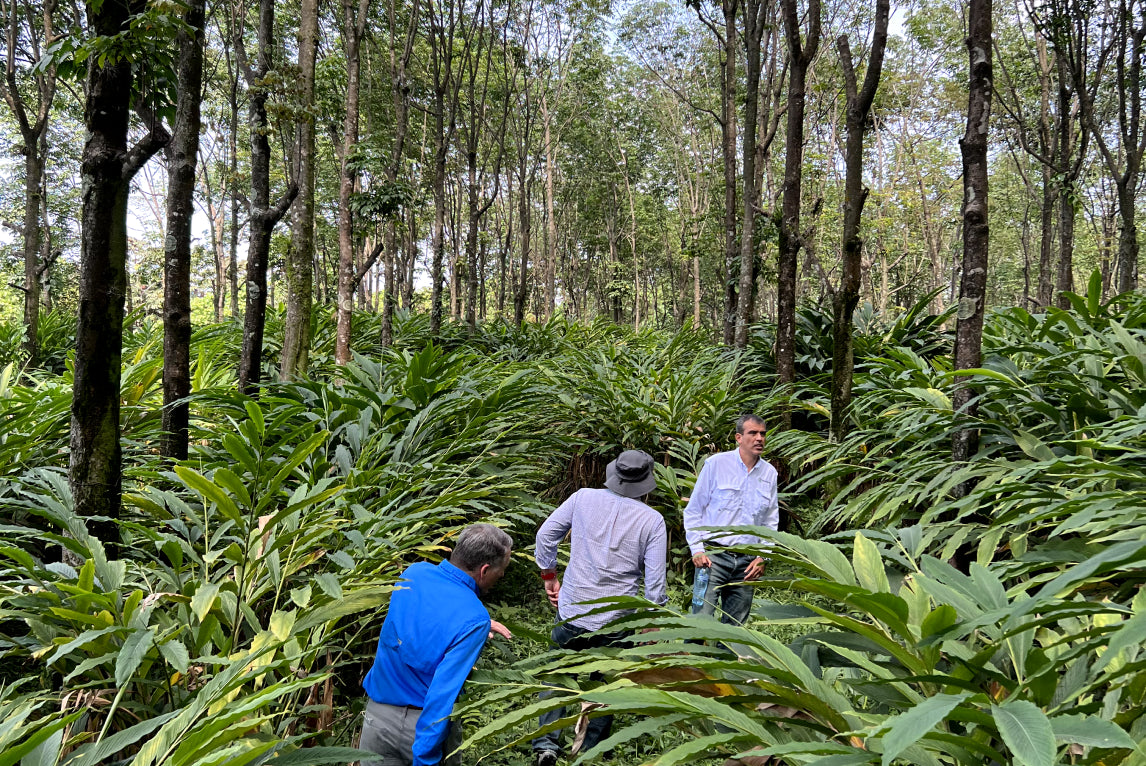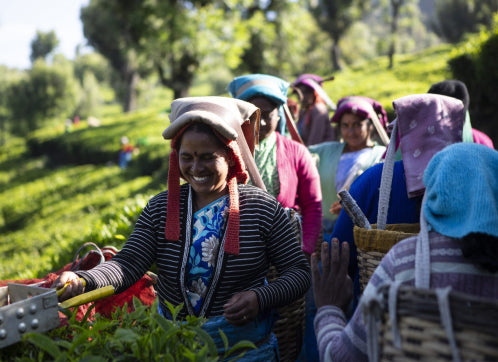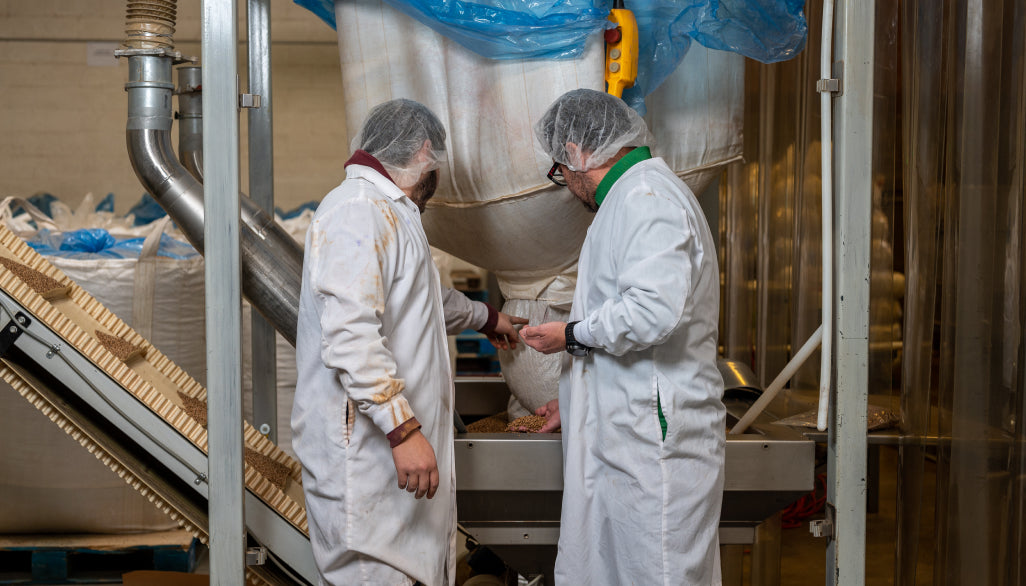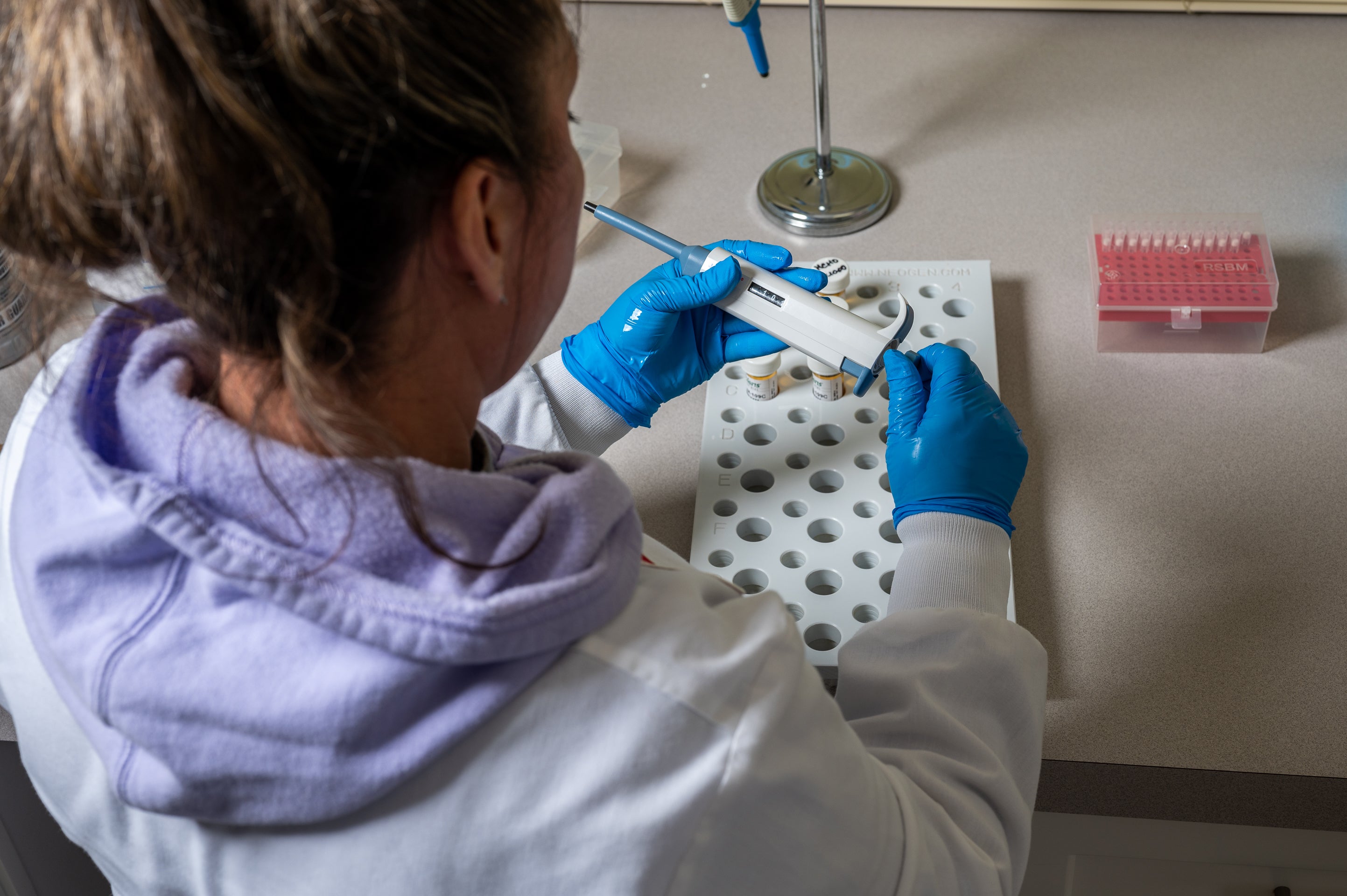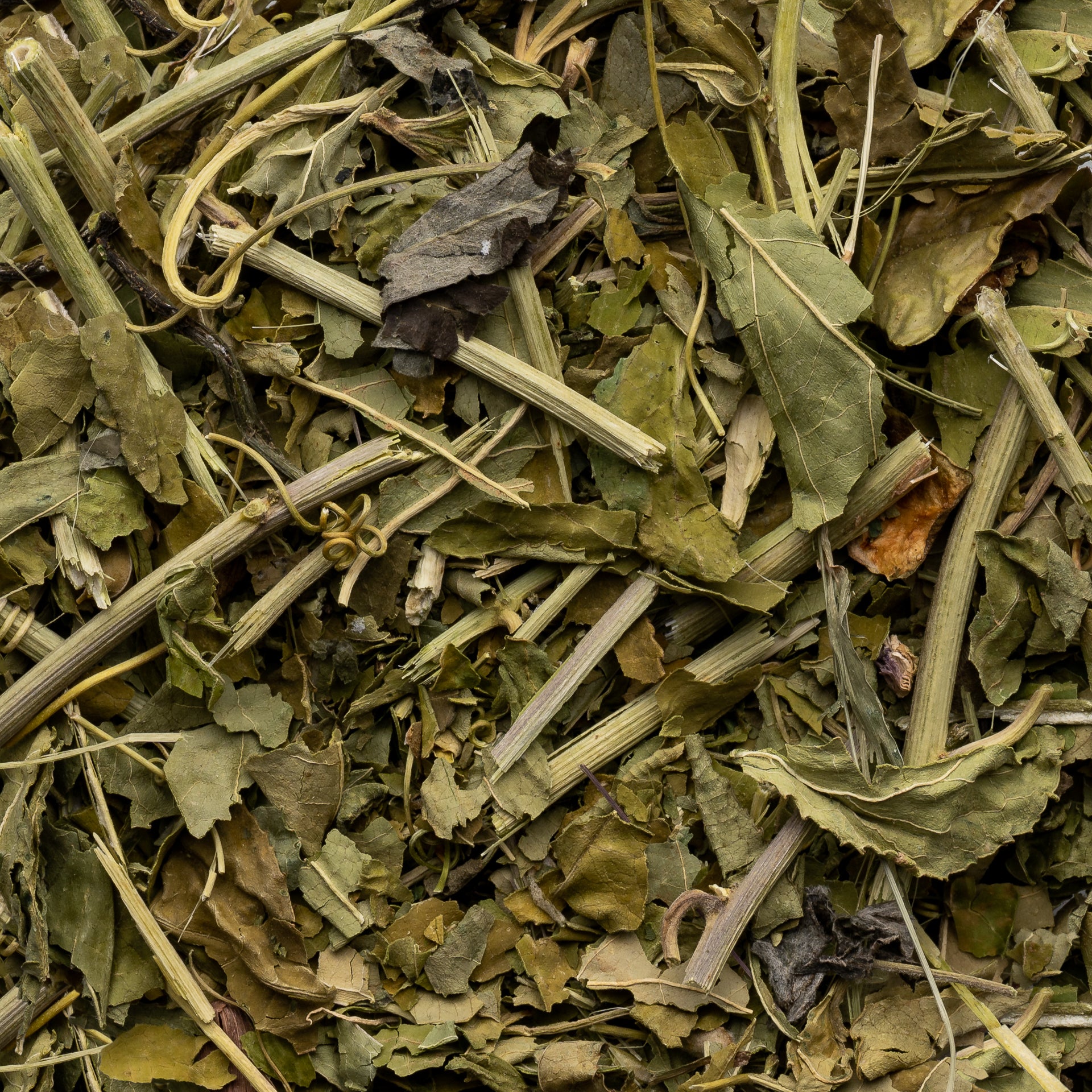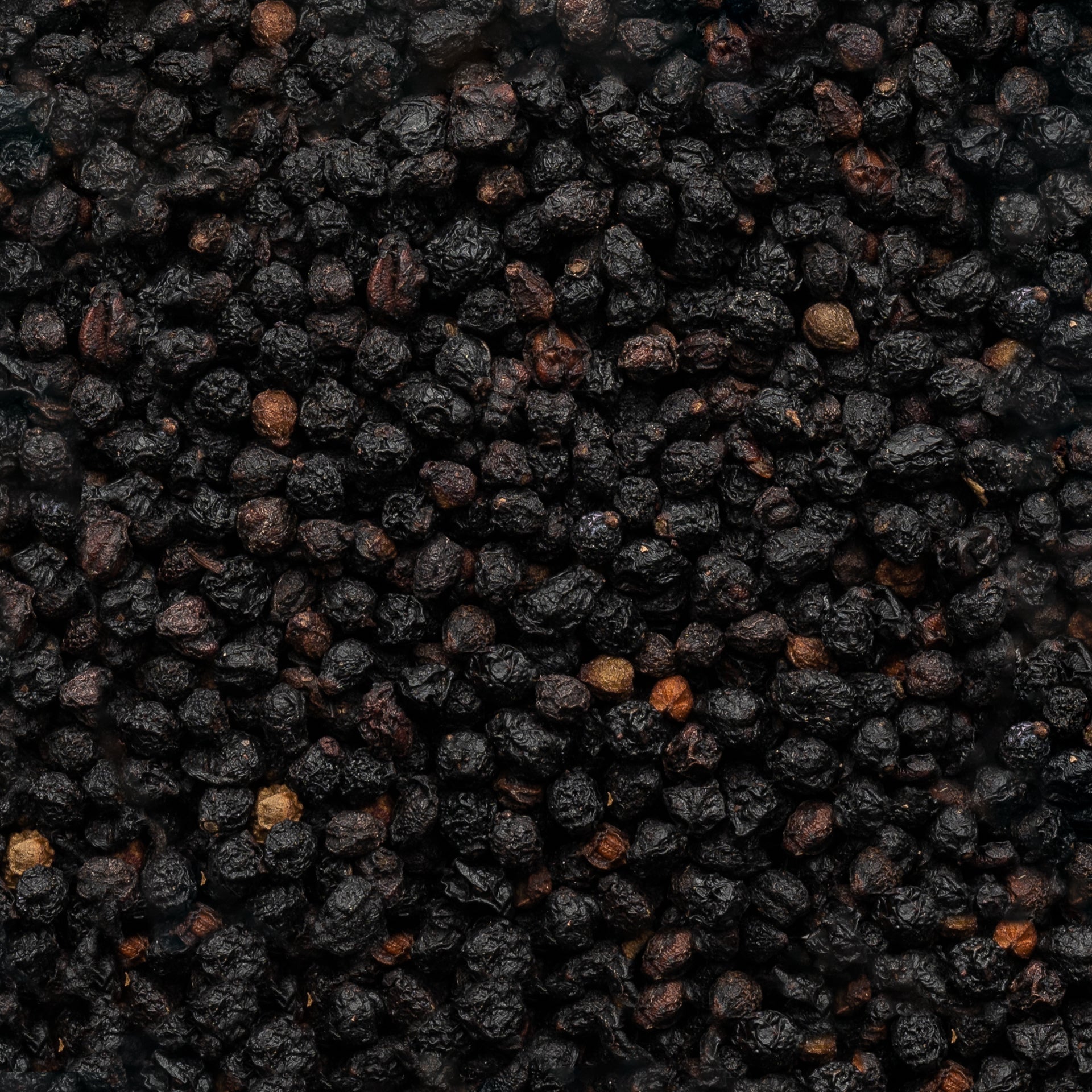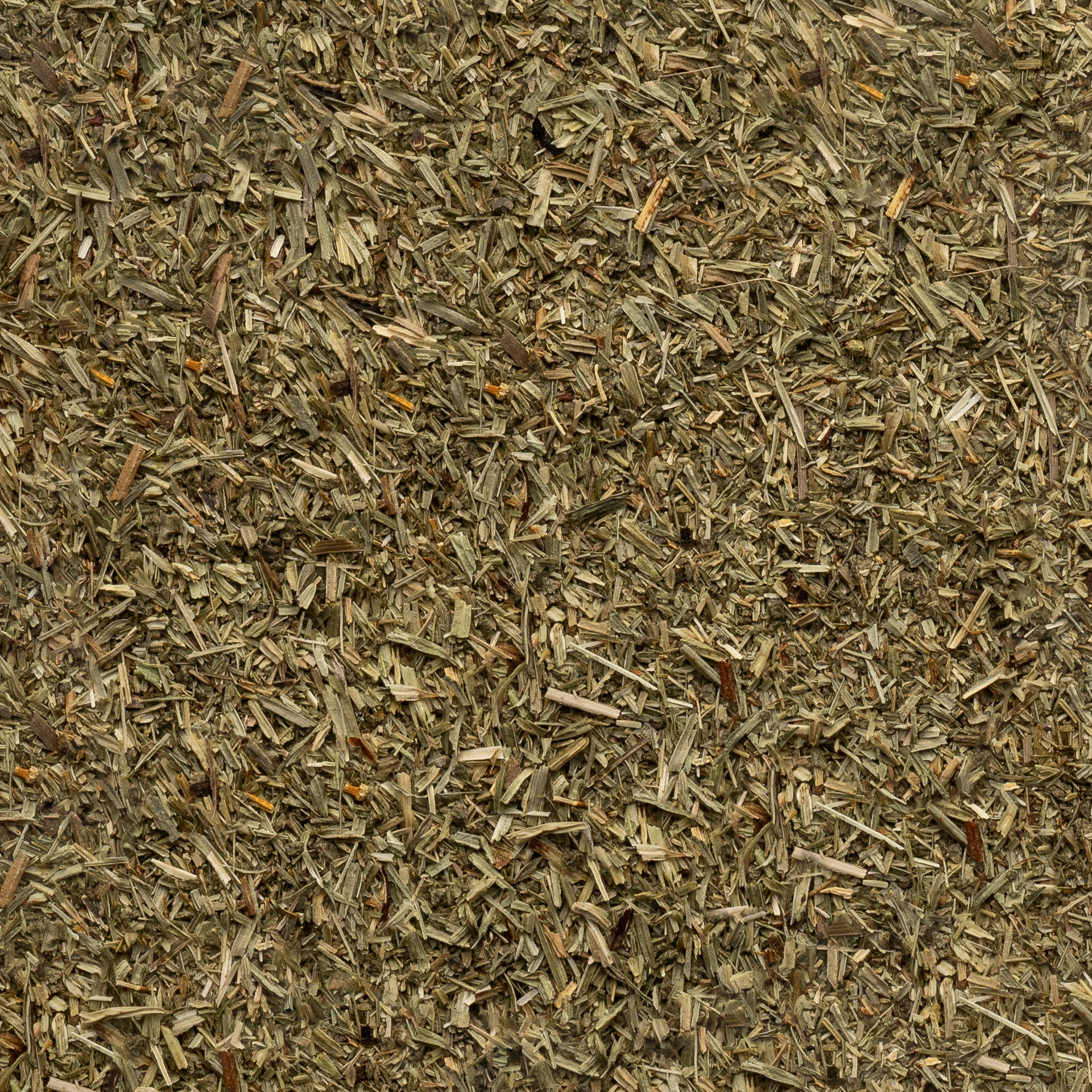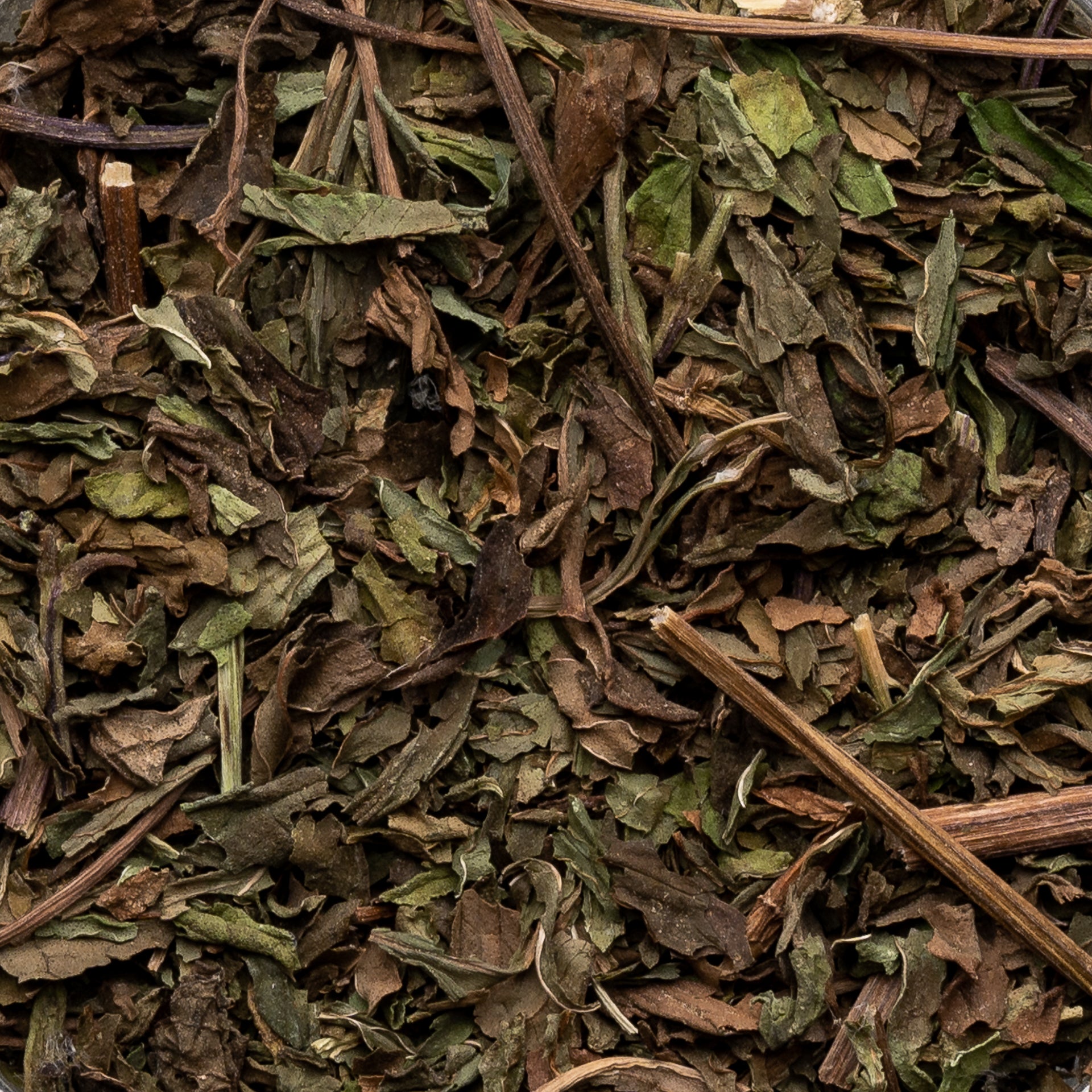Name: Passiflora incarnata
Origin: Germany, Honduras, India
Aroma: Soft and mellow
Flavor: Floral
Our Products: Cut & Sift, Leaf, Flower
Contact PGI for micro reduction, roasting, blending, milling, and social involvement with growers.
History
Mostly found in Mexico, Central and South America, these stunning flowers have a long history and many symbolic uses. In Virginia, seeds, that were dated to be over a thousand years old, were found alongside sites known to be used by the Algonkian Native Americans. A written record of their consumption was noted by early European settlers. Other groups native to the Americas have used this plant for food, beverages, healing, and rituals. When the Spanish first arrived, they saw this plant as the Passion Flower as it related to Christian theology. In parts of India, the flower represents the five Pandava brothers with Krishna at the center of an opposing army. In Japan, the symbol of the passion flower has come to represent homosexuality. The importance of the symbology of this flower can also be seen through the many forms of art ranging from sculpture to paintings.
Traditional Uses
The passion flower can be traced to Mesoamerican times as a semi-domesticated crop. Some cultures, including many Native American ones, use the dried leaves to smoke or as a tea to aid in insomnia, epilepsy, and hysteria. It has also been noted to have calming and sedative properties. Modern medicine has also been working to understand the healing properties and has found that it is a helpful medicine for generalized anxiety disorder.
Lemon Dill White Bean Dip
For Milk
- 1 tbsp dried leaf & stem
- 8 oz filtered water
- 1 tsp raw honey
Bring all the tea ingredients to a boil and simmer for 2 min then strain. Mix milk ingredients together with a milk frother, immersion blender, or by hand. Once tea has cooled poor into a glass with ice ¾ full and then pour the milk over top.





